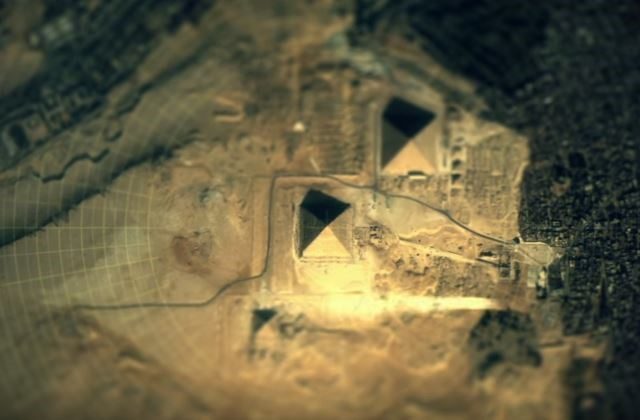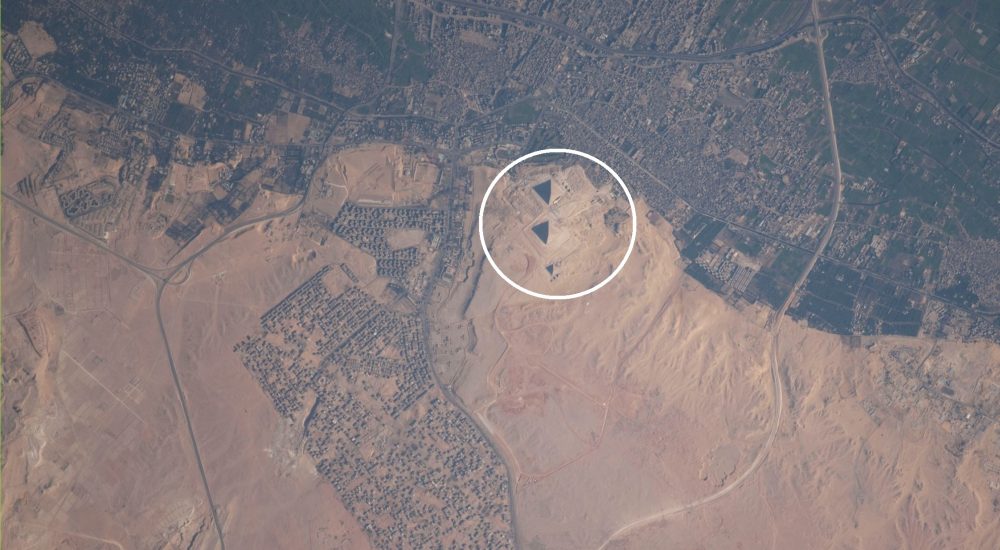Why did civilizations around the world build similar structures?
Architectural structures, as we know, were built already in primitive times: simple huts, primitive huts, and megaliths – menhirs, dolmens, and cromlechs. However, the history of architecture as an art, when something else is added to the pure benefit, some additional meaning and striving for beauty, began much later, although also very long ago, several millennia ago.
Then, the first state formations were born in the fertile valleys of the great rivers – the Nile, Indus, Tigris, and Euphrates. On our planet, there are easily rivers longer and wider, but they are unlikely to surpass these four in importance in developing civilization.
Similarities Between Step Pyramids
Of course, the peoples whose states, replacing each other, dominated in Mesopotamia – first the Sumerians, then the Akkadians, then the Sumerians again, the Babylonians, Assyrians, and Persians – built many grandiose buildings in their capitals. No large city could do without royal palaces and temples to the ancient gods.
Archaeologists are carefully examining the remains of their vast labyrinths. However, it is difficult for architectural historians to work on this material since only the foundations remained from the adobe buildings, and it is possible to speak about their artistic language only based on architectural plans.
However, one type of structure was not so badly preserved and, moreover, still retains its influence on the art of architecture. Of course, this is the ziggurat – a type of step pyramid with a temple on top.
Now, while ziggurats are artificial stepped mountains made of mud and bricks, similar step pyramids made from stone appeared worldwide later in history. Of course, the existence of similar structures at different locations around the globe is one of history’s greatest mysteries and this will be the focus of this article.
Well, not the case of how and why they exist but what similarities they share despite being made by different cultures of different ages on different continents.
10 Amazing Similarities Between Step Pyramids Around The World
1. One of the first things archaeologists point out about step pyramids worldwide is that most were not built all at once. In other words, the structures were built in phases, with the different layers being built over time by subsequent generations or rulers.
2. In the same sense, certain monuments of this type around the world were not step pyramids in their original form. Some were built as a simple platforms that still had religious or cultural purposes but were constructed as a step pyramid much later in time. Other than that, pyramids in Mesoamerica were often rebuilt to glorify the latest ruler, which strengthened the rulers’ connection to the gods according to the ancient beliefs.
3. Let’s take the step pyramid El Castillo, located among the ruins of the ancient Mayan city of Chichen Itza, or most Mayan pyramids in general. Most of these structures combine features of both ziggurats and Egyptian pyramids. In the case of the Mesopotamian counterparts, Mayan step pyramids also have a temple at the top.
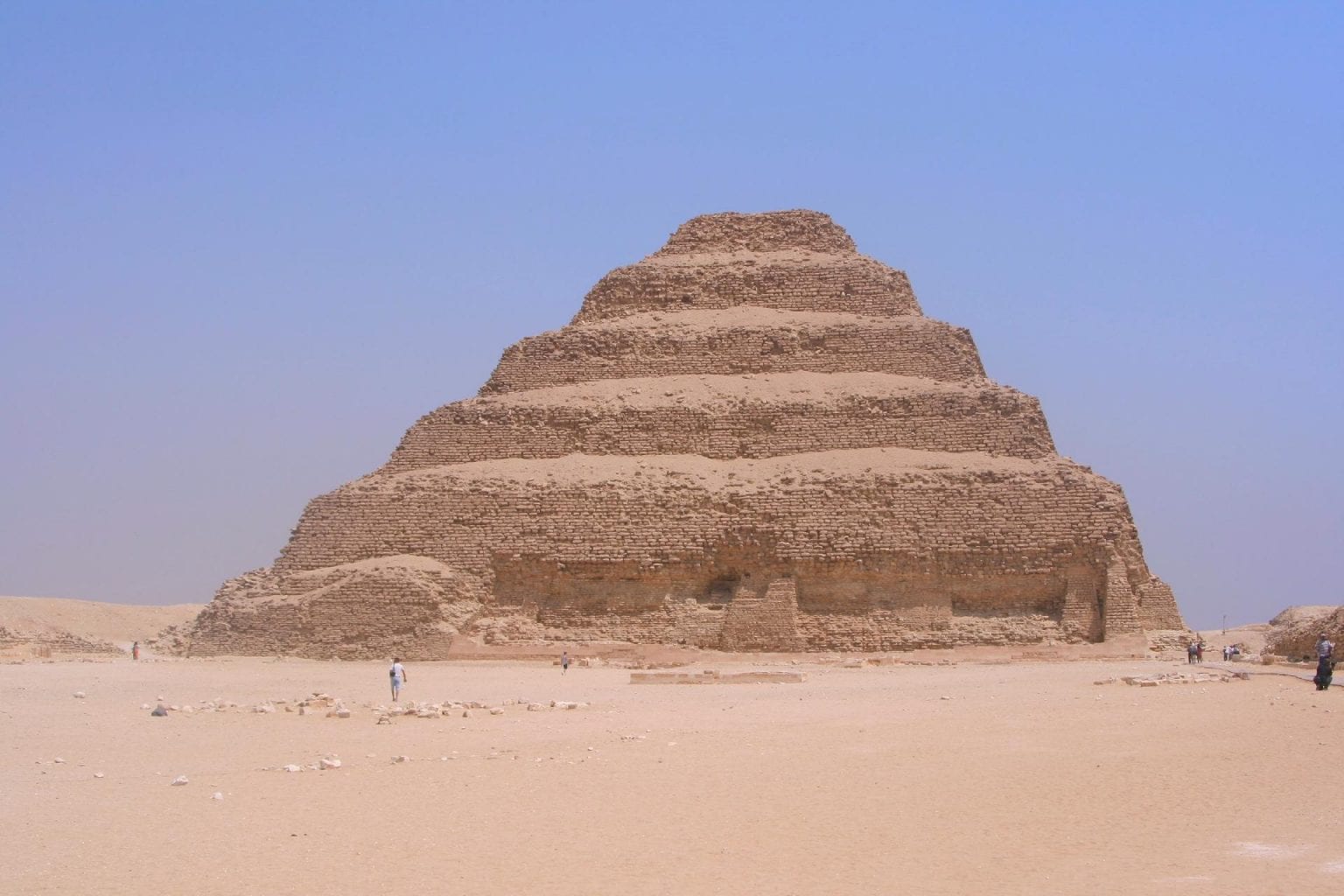
4. When speaking about the similarity with Egyptian pyramids, specifically the Step Pyramid of Djoser, El Castillo has internal secret structures similar to the Egyptian counterparts. El Castillo has not one but two smaller pyramidal temples underneath the external structure we all know and love.
5. As a matter of fact, the step pyramids of Teotihuacan also share this incredible similarity. In recent years, archaeologists discovered secret tunnels beneath the Pyramid of the Moon, for example. Then, again in Teotihuacan, archaeologists discovered a tunnel beneath the Temple of the Feathered Serpent.
6. The triptych door pattern is seen in all ancient pyramid-building cultures. That is, they have three doors or windows at the very top with the middle one always being larger than the rest. This pattern cannot be a coincidence as it is present in Mesoamerica, Egyptian, and Indonesian pyramids, all built thousands of years ago. Even more curious, this element is present in Christianity, as well, for example, as well as modern architecture.
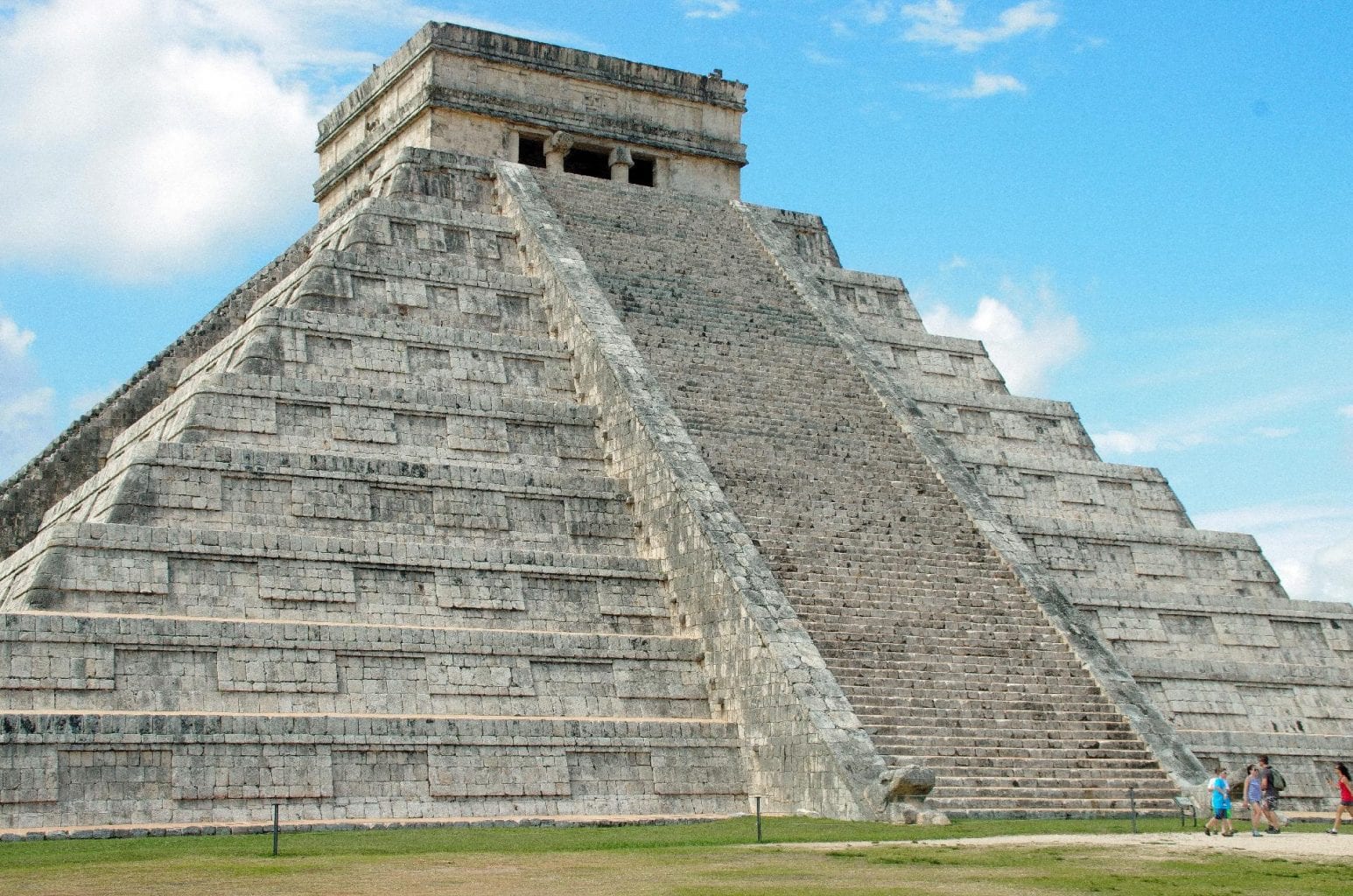
7. Step pyramids worldwide have been built with precise alignments to stars, constellations, cardinal directions, etc. In this case, I don’t see this similarity as surprising as all ancient cultures were interested in astronomy and studied it at some point. The surprise remains how they achieved such precision.
8. Oriented towards the solstices. Visit the Egyptian pyramids at solstice and stand precisely before the Sphinx. You will see the sun setting in the middle between the pyramids of Kharfa and Khufu. If you visit the pyramid of Chichen Itza at the same time of the year, you will see how the shade splits the pyramid in two because its corners have been oriented towards the summer and winter solstices.
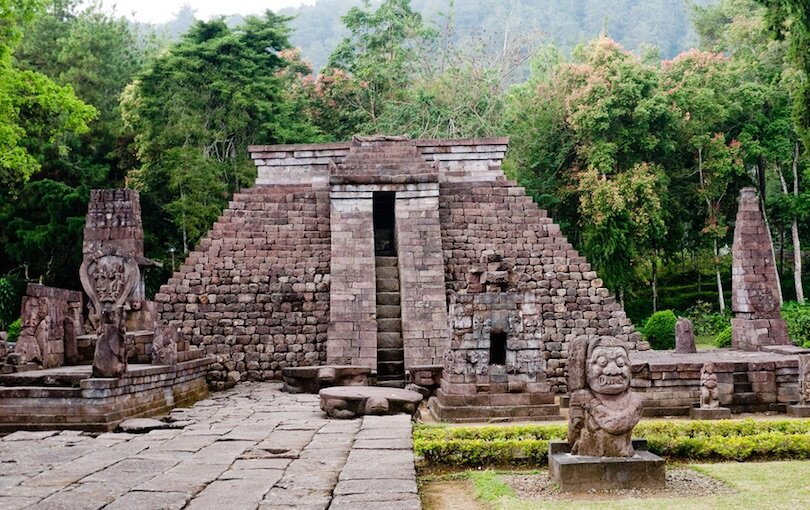
9. Similar step pyramids exist all the way in Indonesia, although their monuments were not as precisely built as their Mesoamerican counterparts, for example. Some good examples are the Sukuh Temple and Candi Ceto Temple. The resemblances with the Mayan design are obvious, although monoliths, statues, and more normally surround the Indonesian sites.
10. We will round this list with a more general fact – pyramids were often built or used as tombs for rulers and high-ranking officials. This practice didn’t exist in all ancient cultures, but it did in the Egyptian and Mayan civilizations for once.
Join the discussion and participate in awesome giveaways in our mobile Telegram group. Join Curiosmos on Telegram Today. t.me/Curiosmos


